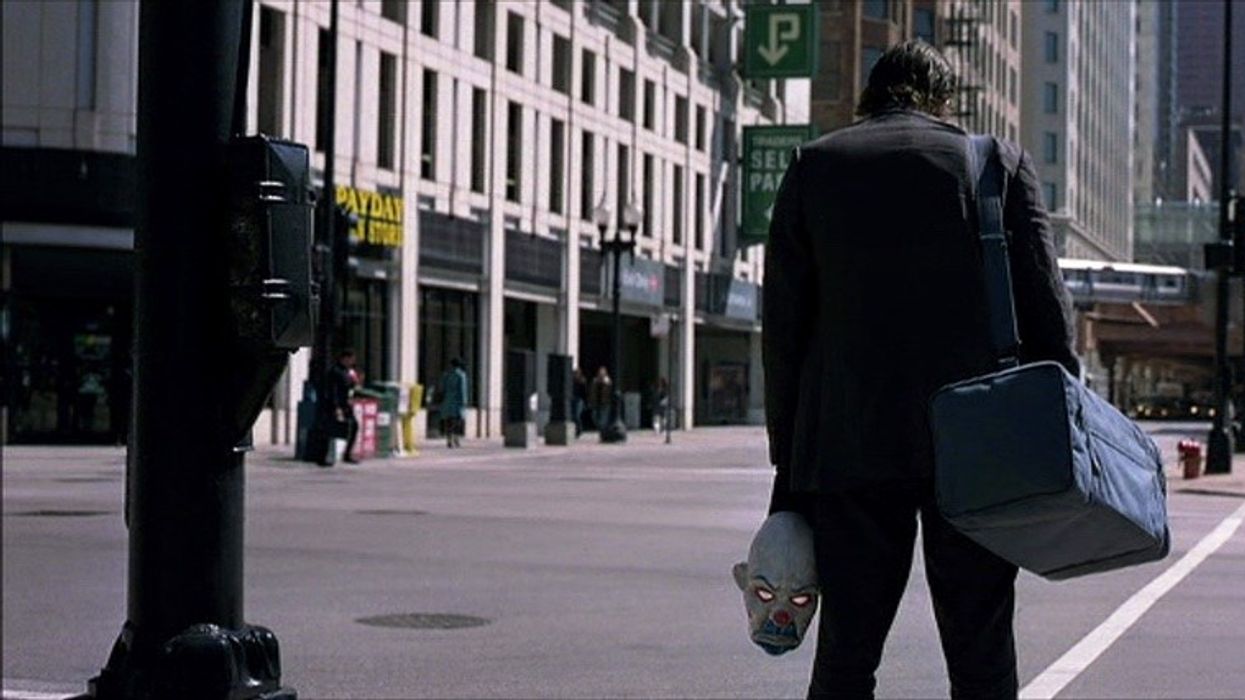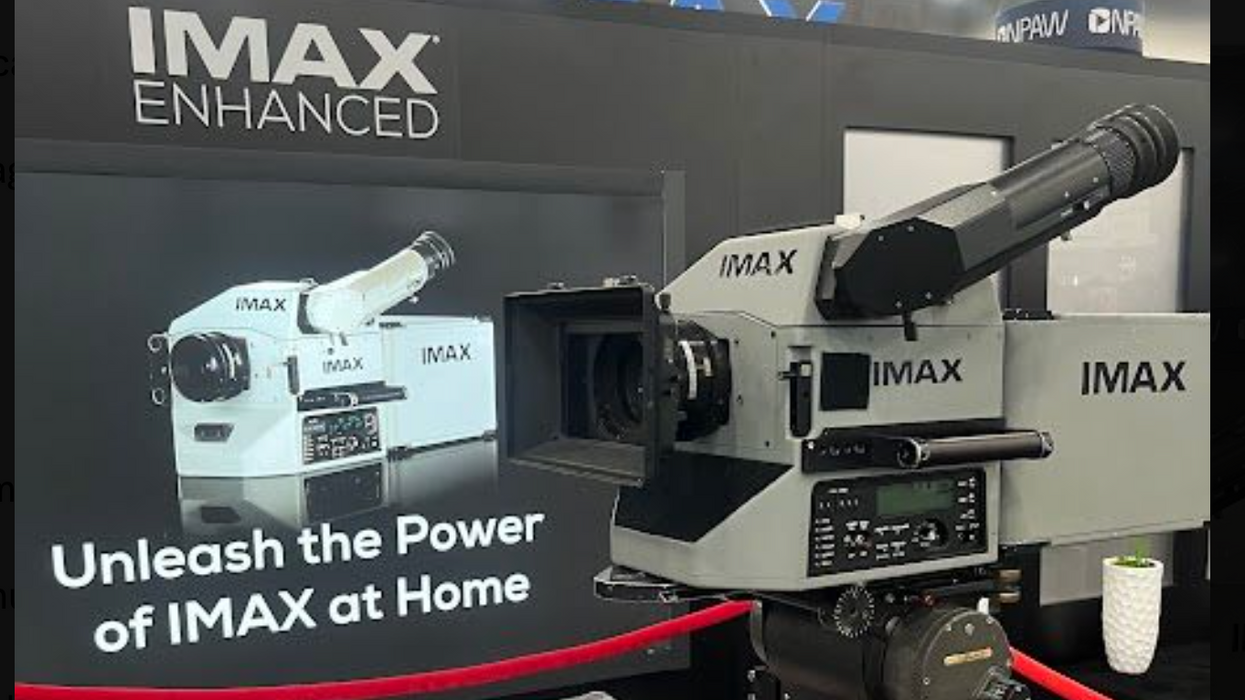These Are the Cameras and Lenses that Captured the Gritty Realism of 'The Dark Knight'
Sometimes, you just have to try something that's never been done before to get some killer shots.

Christopher Nolan’sThe Dark Knight captured something sinister and fantastical about the beloved superhero that fundamentally changed our perspective on how the Bat (Christain Bale) should and could be perceived. Working on all three of Nolan’s Batman films, cinematographer Wally Pfister brought Gotham to life while taking the Caped Crusader to new heights.
After being impressed by the IMAX presentation of Batman Begins, Nolan suggested combining IMAX with the 35mm anamorphic format for The Dark Knight. Nolan and Pfister shot a series of IMAX tests in Nolan’s backyard, then put the camera in the back of a pickup truck and shot a night test on Sunset Boulevard in Hollywood using only existing light. Like the first film, Nolan and Pfister wanted to find a camera that grounded the real and gritty environment of Gotham.
In an interview with Empire, Pfister revealed that “[Nolan and I] both still really, really love Batman Begins, but to me, in terms of style, it’s still a little bit more fantastical, and in terms of the look of it, I was probably still playing a little bit more conservatively. Even though we were aiming for that grittier style, I still felt the obligation to the studio to put a sort of polished, big-budget look on it.”
At the time of filming, Nolan had to convince Warner Bros. to try something that had never been done before—shooting IMAX on 35mm. Due to its high cost, only four major action sequences were planned for IMAX, including the opening sequence and the climactic closing sequence. Pfister told American Cinematographer that he and Nolan would end up shooting all of the aerial work in IMAX when they had the money and the cameras because they were in love with the grain in resolution.
“It’s ironic,” said the cinematographer, “because many filmmakers are trying out digital cameras that capture less resolution and information, and we’re going in the opposite direction, upping the ante by capturing images with unparalleled resolution and clarity.”
What cameras were used on The Dark Knight?
Three MSM 9802s and one MKIII were used throughout the production, the MSM being the lightest IMAX camera and the MKIII being capable of frame rates up to 60 fps. The MKIII proved to be more durable and was used on car mounts, while the MSM was used on a Steadicam rig, a Libra IV head, and one motorcycle rig.
The Steadicam operator, Bob Gorelick, said that the MSM in its smaller configuration was only slightly heavier than a Panavision Genesis.
The production utilized four medium-format Hasselblad lenses: 50mm, 80mm, 110mm, and 150mm. Pfister and Nolan favored the 50mm and the 80mm throughout the production but started to use the 110mm near the end of filming.
An issue that was common with these cameras was strobing. Fast shots and specific movements had to be altered to be captured correctly, and Nolan realized that in extremely difficult shallow-depth-of-field shots would be out of focus. These small learning curves were a part of the process of capturing the beautiful shots throughout The Dark Knight.

That’s the great thing about filmmaking: no matter how skilled a filmmaker is, there is always room to learn and grow. Filmmakers will never stop testing their limits, taking risks to create a shot or sequence that will leave the audience awestruck.
There are many fantastic shots throughout The Dark Knight that were the creation of Nolan’s and Pfister’s years of collaboration and desire to ground this dark hero in a reality that causes the world to react for better or for worse. It’s a whirlwind that pushes the audience and Batman to his emotional limits. That’s the beauty of The Dark Knight.
Source: American Cinematographer












